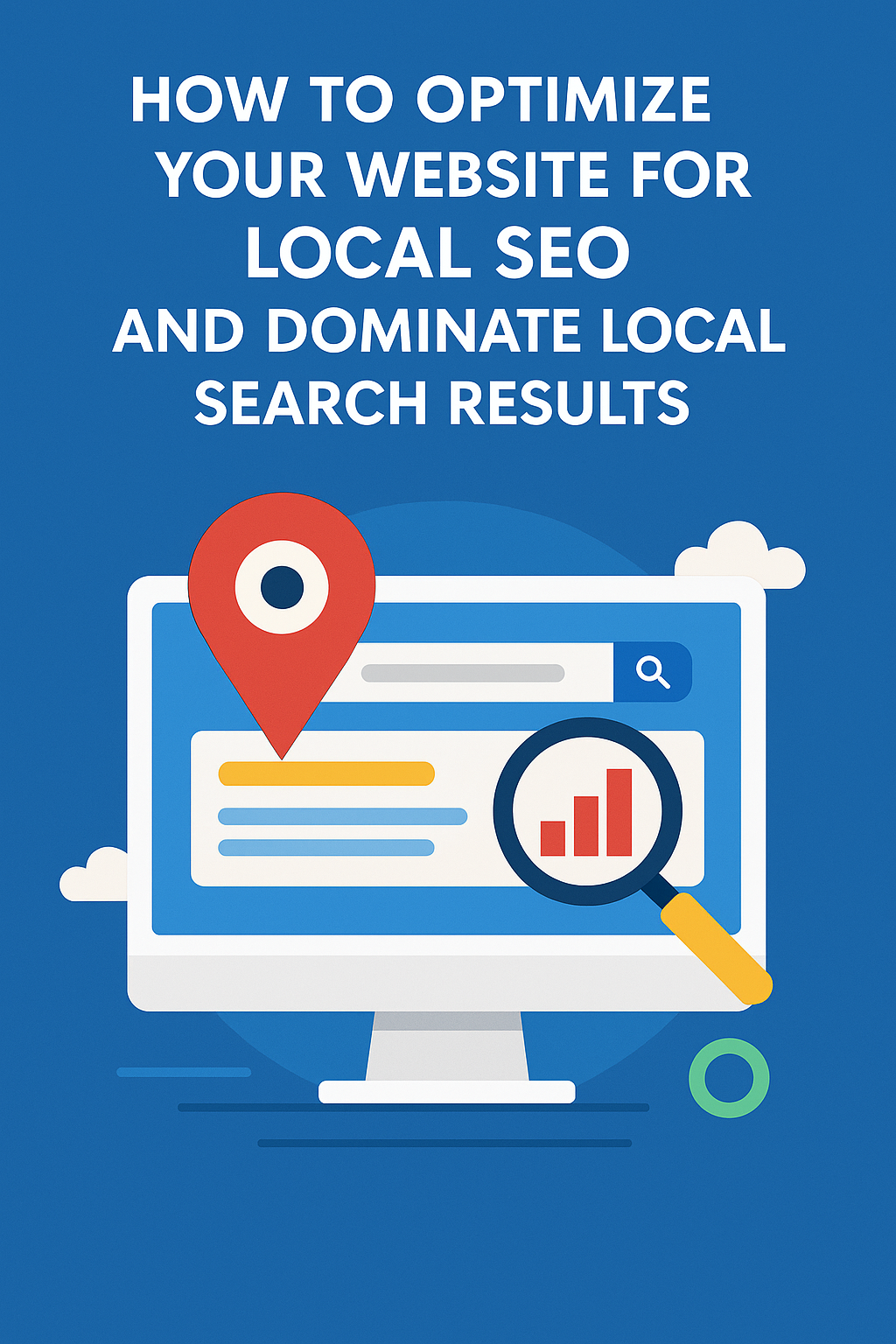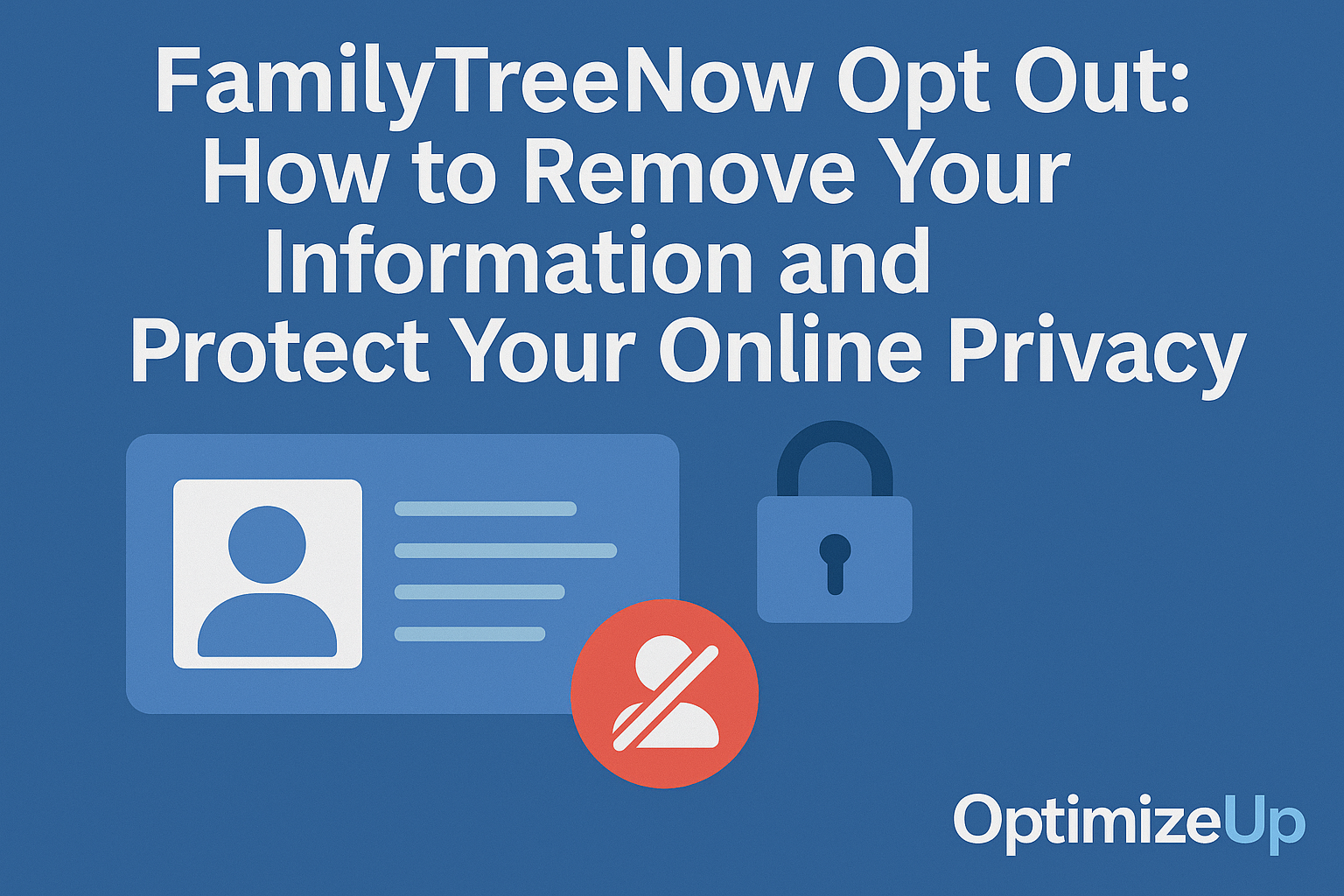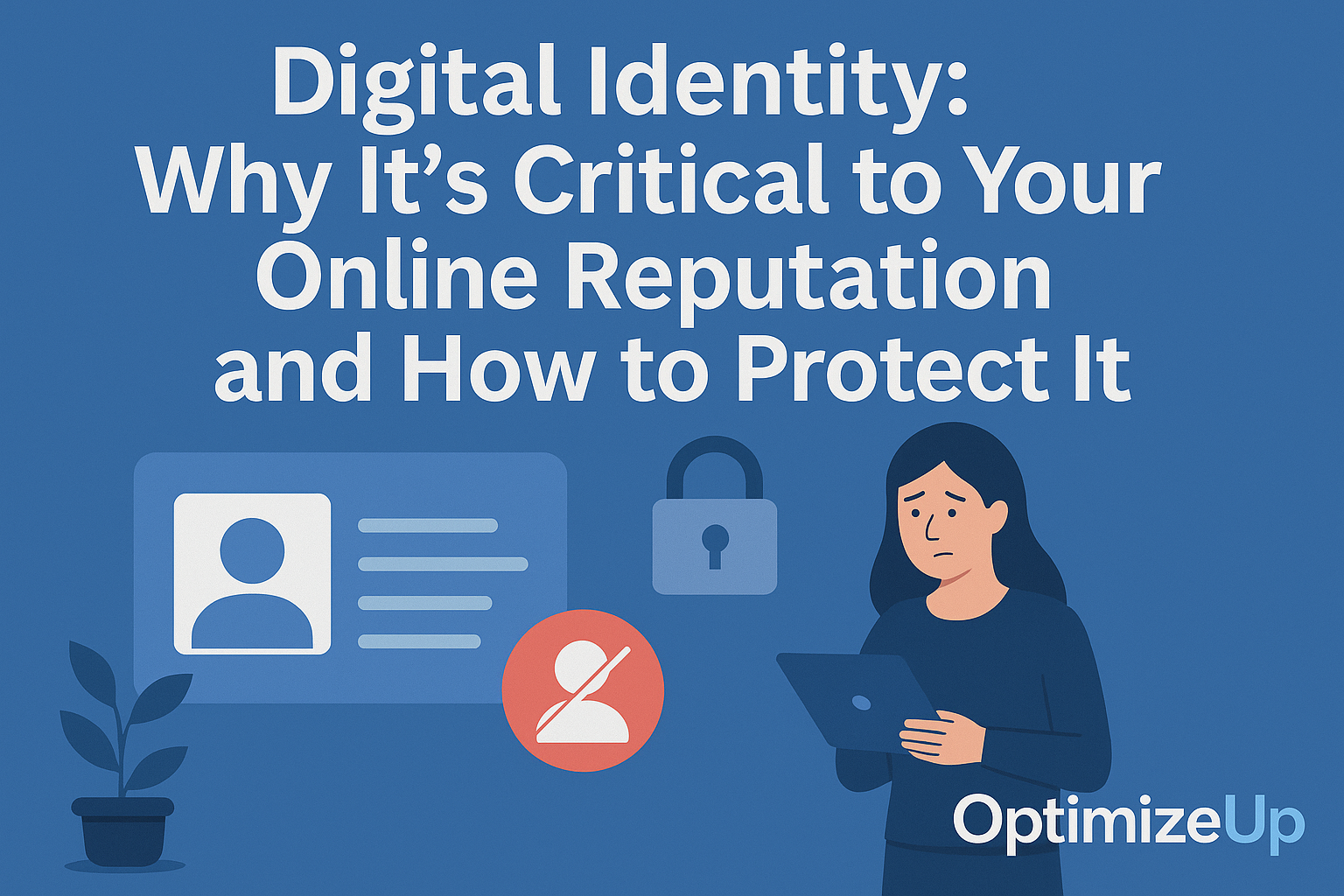Why Local SEO Matters for Your Business
If you’re a business that depends on foot traffic, service areas, or community engagement, local SEO is a must. Optimizing your website for local SEO helps ensure your business appears when people nearby search for your services. According to Google, 76% of people who search for something nearby on their smartphone visit a business within a day.
With the right local SEO strategy, your website can:
- Appear in the coveted local 3-pack
- Drive more local organic traffic
- Build trust with potential customers
- Generate more calls, visits, and sales
- Increase repeat business and brand loyalty
Local SEO also positions your business as a credible authority within your immediate community.
Local SEO Website Optimization Checklist
1. Claim and Optimize Your Google Business Profile
- Add accurate business name, address, and phone number (NAP)
- Select the most relevant business categories
- Include service areas and business attributes (e.g., wheelchair accessible, black-owned)
- Upload high-quality photos, videos, and a virtual tour if possible
- Collect and respond to customer reviews promptly
- Publish Google Posts regularly with updates, promotions, and events
“An optimized Google Business Profile is one of the strongest local SEO signals.” — Moz Local Ranking Factors
2. Ensure NAP Consistency Across the Web
- Match your name, address, and phone number on all citations
- Use tools like Whitespark or BrightLocal to audit and correct NAP listings
- Fix inconsistencies on major aggregators like Infogroup, Acxiom, and Neustar Localeze
3. Use Local Keywords Strategically
- Include city and region names in:
- Title tags
- Meta descriptions
- Headers (H1, H2)
- Page content naturally
- URLs (e.g., /services/chicago-plumbing/)
- Use “near me” variations where appropriate
- Focus on long-tail keywords that indicate strong local intent
4. Create Location-Specific Pages
- Each location should have a dedicated landing page
- Include:
- Business hours and parking information
- Driving directions or an embedded Google Map
- Customer testimonials from that area
- Hyperlocal content about neighborhoods served
- Staff bios if team members are tied to specific locations
5. Add Schema Markup (LocalBusiness)
- Use Schema.org markup to help search engines understand your location-based content
- Add structured data for:
- Address
- Phone number
- Reviews
- Hours of operation
- Geo-coordinates
Content Strategies That Support Local SEO
1. Publish Location-Based Blog Content
- Target local news, events, or neighborhood guides
- Examples:
- “Best Family Restaurants in [Your City]”
- “How to Prepare Your Home for Winter in [Region]”
- “5 Must-See Attractions Near [Your Business]”
2. Create FAQ Pages for Local Queries
- Use natural language queries common among your customers
- Optimize FAQ structured data for rich snippet eligibility
3. Highlight Local Events or Sponsorships
- Write posts about sponsored school events, charity runs, or festivals
- Embed social media posts from these events on your website
4. Use Geo-Targeted Landing Pages for PPC or Social Campaigns
- Match your ad copy with hyperlocal landing page content
- Include strong CTAs and easy contact options for mobile users
Technical SEO for Local Optimization
1. Improve Site Speed and Mobile-Friendliness
- Compress images and enable lazy loading
- Minimize CSS, JavaScript, and third-party script bloat
- Use AMP (Accelerated Mobile Pages) if appropriate
2. Secure Your Website (HTTPS)
- SSL encryption is a trust signal for both users and search engines
- Update internal links to use HTTPS
3. Optimize for Core Web Vitals
- Focus on:
- Largest Contentful Paint (LCP) under 2.5 seconds
- First Input Delay (FID) under 100 ms
- Cumulative Layout Shift (CLS) below 0.1
4. Create an XML Sitemap and Submit to Search Console
- Prioritize local service pages and location pages in your sitemap
5. Enable Breadcrumb Navigation
- Improves user experience
- Adds structured data for better crawling and indexing
Building Local Authority With Backlinks
1. Submit to Local Business Directories
- List in both general and niche directories
- Target platforms trusted by Google for citations
2. Earn Mentions From Local News and Blogs
- Submit press releases for community involvement
- Pitch local business success stories to news editors
3. Get Listed in Industry-Specific Local Directories
- Choose directories that rank well locally
- Regularly update listings with new services, awards, or expansions
4. Encourage Local Reviews
- Request reviews immediately after positive customer experiences
- Automate review generation through email follow-ups or loyalty programs
- Respond to every review—positive or negative
“Businesses that actively manage their reviews earn 35% more revenue.” — Womply Research
Optimize Internal and External Linking
1. Use Internal Links With Local Anchor Text
- Strengthen location pages with contextual links
2. Link to High-Authority Local Resources
- Build outbound links to:
- Local community blogs
- Government and educational institutions
- Verified nonprofit organizations
3. Create Local Resource Guides
- Example: “The Ultimate Guide to Moving to [City]”
- Naturally earn backlinks from real estate agents, schools, and relocation services
Managing Your Reputation for Local SEO
Negative reviews, outdated articles, or misleading listings can damage your local rankings. That’s where Optimize Up comes in:
- Removal of defamatory content
- Suppression of harmful search results
- Local search protection and monitoring
- Customized content to reinforce a positive brand image
Protect your local authority—schedule your free consultation today.
Frequently Asked Questions
Most websites start seeing improvement within 1 to 3 months, but full results can take 6 to 12 months depending on competition and baseline domain authority.
Yes, with properly optimized service area pages and no deceptive address listings. Ensure content is unique to each targeted city.
Absolutely. A blog supports long-tail keyword targeting, topical relevance, and provides fresh content signals.
Yes. It directly affects both local pack placement and organic rankings when properly optimized and consistently updated.
Critical. Over 60% of local searches occur on smartphones, so a seamless mobile experience is non-negotiable.
Local organic traffic volume
Google Business Profile insights (views, calls, direction requests)
Map pack rankings
Online review count and ratings
Citation accuracy and consistency
MLA Citations:
Peters, Lydia. The Complete Guide to Local SEO. BrightMap Publishing, 2024. “Local Search Behavior Trends.” Think with Google, 2024, www.thinkwithgoogle.com. “Local Search Ranking Factors 2024.” Moz, 2024, www.moz.com. “Small Business Review Management Research.” Womply, 2024, www.womply.com.





